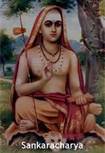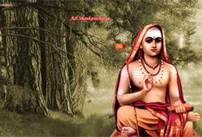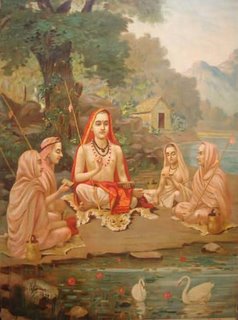NEEDS OF PRESENT BHARATHAM:-

1.CULTIVATING THE MIND:- ---------------------------------------------------------/ Since globalisation heat, physical, materialistic prosperity, the country men totally lost them in the current flood. New discoveries, Invention and the latest technology, are blessings to the mankind, Nobody objects, when development goes on like this, another side equally misuse these blessings to the fall of the character of the people. To get them out of this,cultivation of mind is the immediate need of the hour. To control and develop the minds of these persons and bring them to correct path is the prime aim of the Rulers of this great nation. People are ignorant of their all-perfect omnipotent, omniscient nature! To make them aware of their spiritual identity, Rulers must know the mind themselves and take the cure first for them, before prescribing to the wrong-doers of this country, what you think ? [to be cot----d]



















.jpg)


